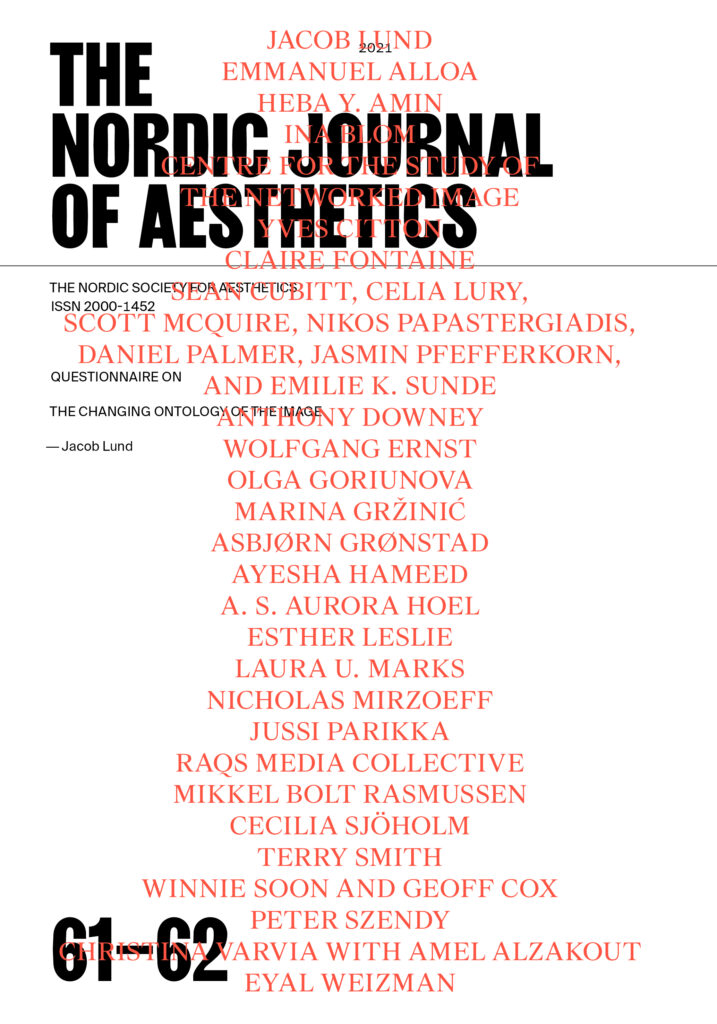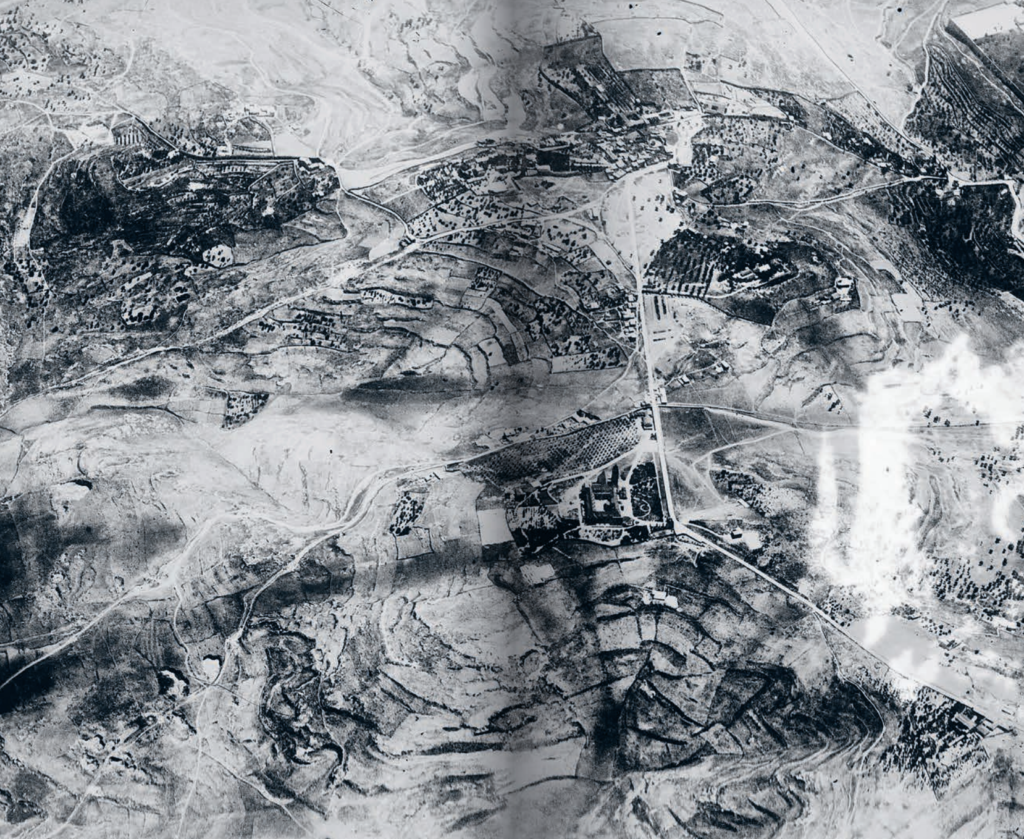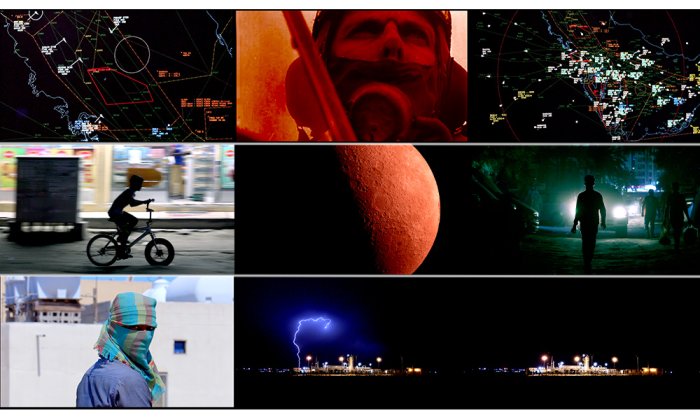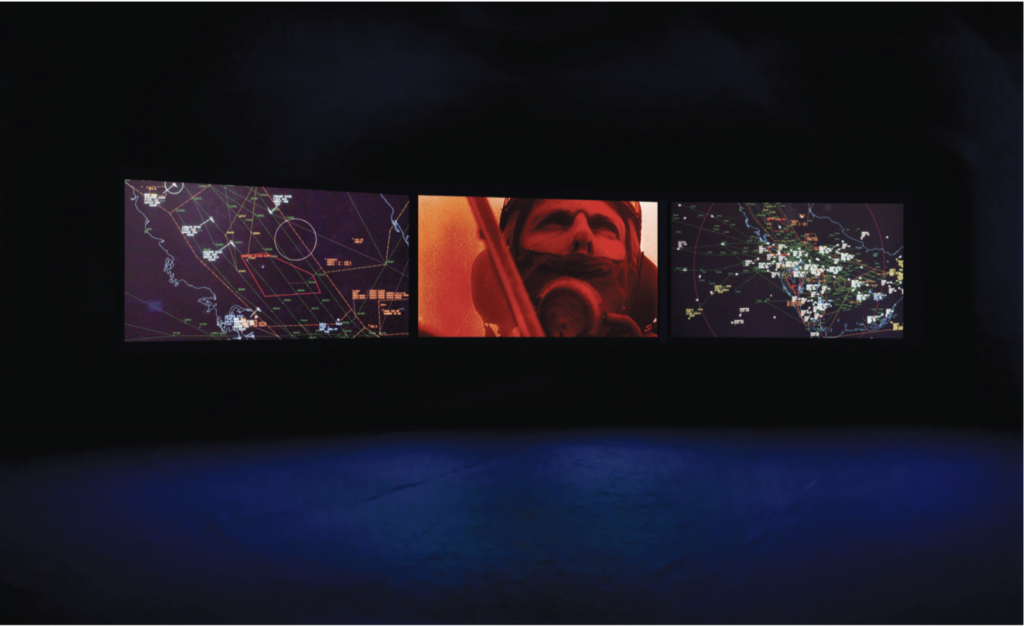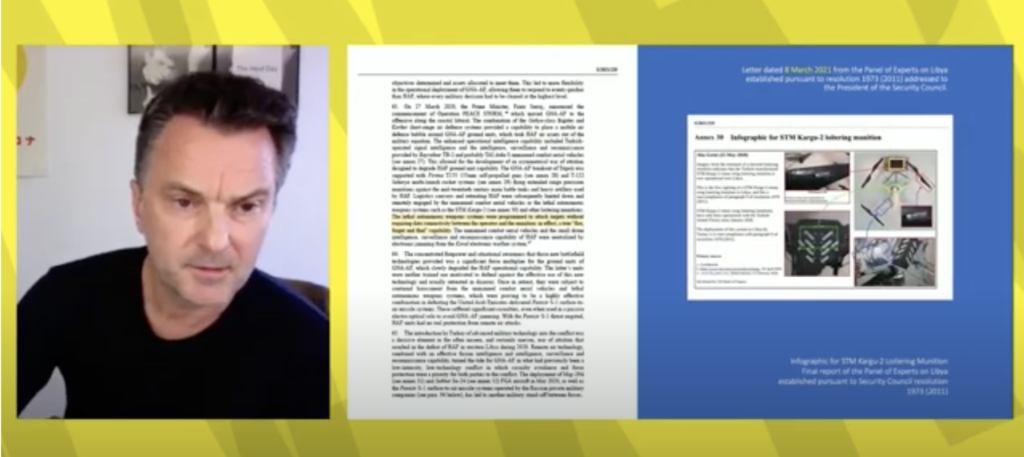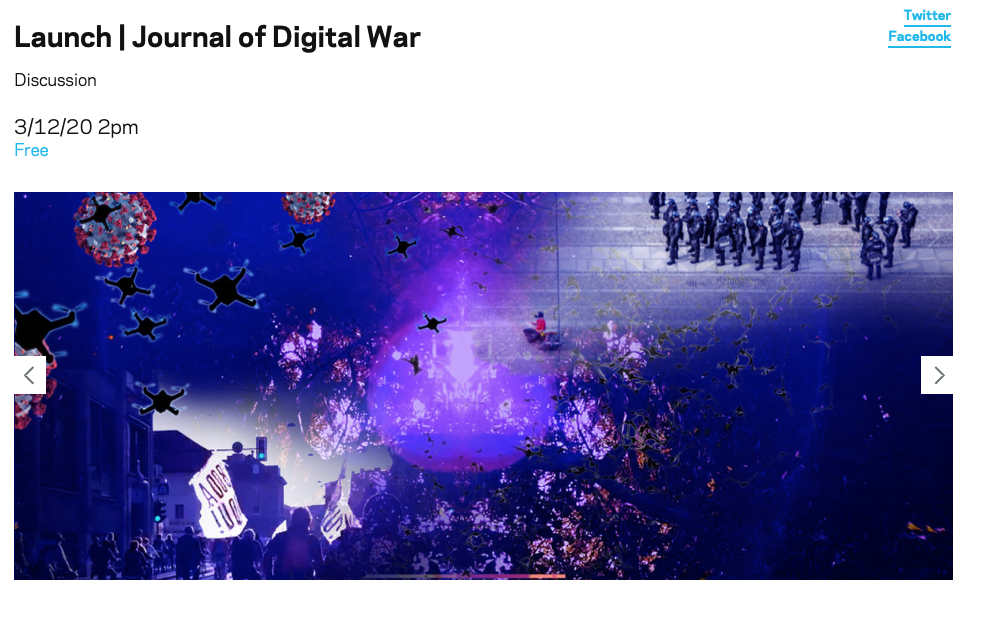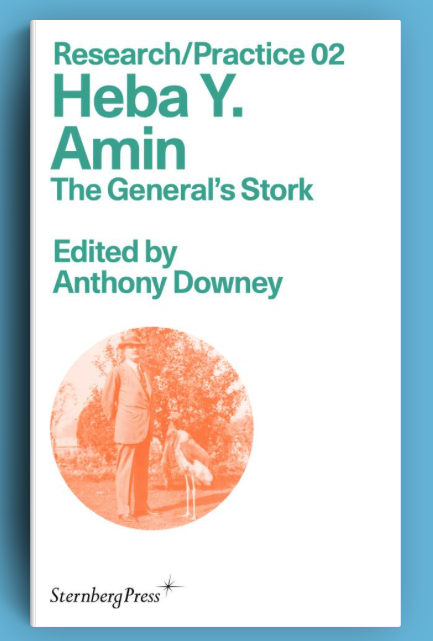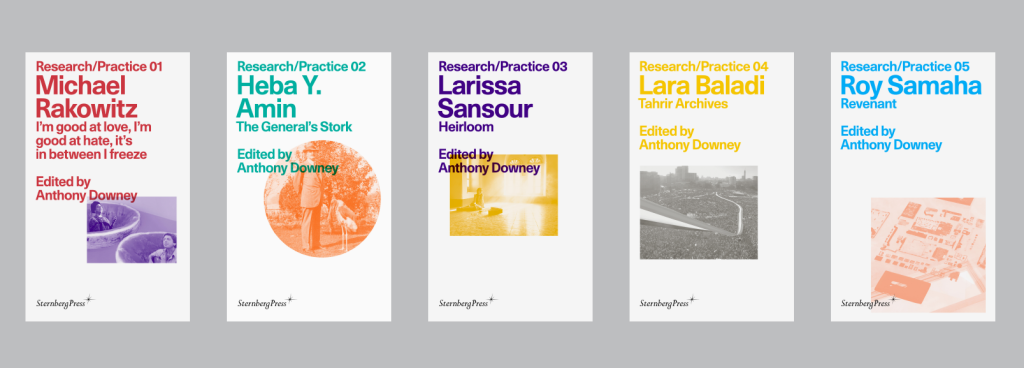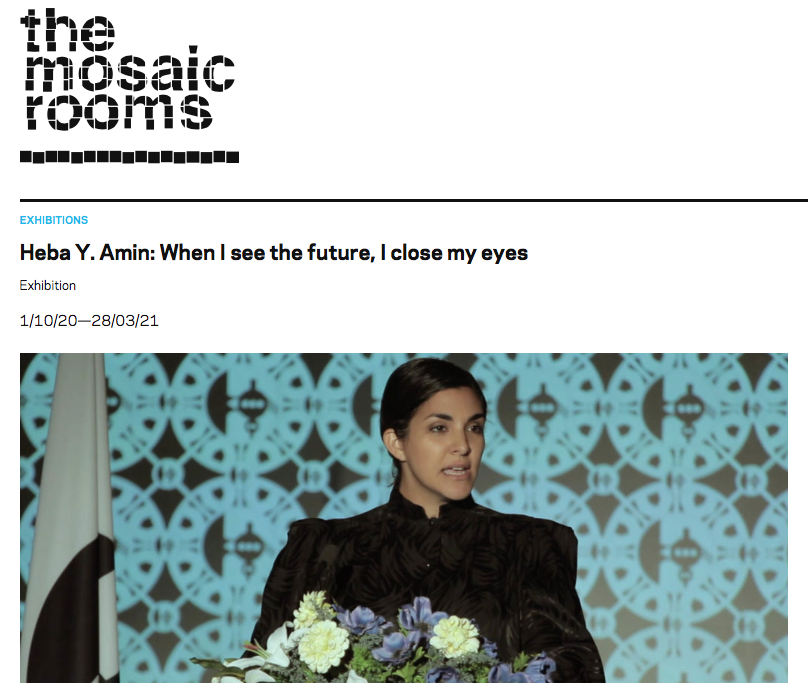2022/02/02: New Journal: Memory, Mind and Media (Cambridge University Press)
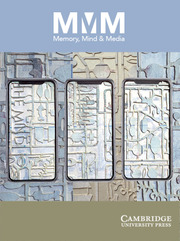
Editorial Board
Memory, Mind & Media (MMM) explores the impact of media and technology on individual, social and cultural remembering and forgetting. This agenda-setting journal fosters high-quality, interdisciplinary conversations combining cognitive, social and cultural approaches to the study of memory and forgetting in the digital era. The pervasiveness, complexity and immediacy of digital media, communication networks and archives are transforming what memory is and what memory does, changing the relationship between memory in the head and memory in the wild.
MMM offers a new home for a wide variety of scholars working on these questions, within and across disciplines, from history, philosophy, media studies, cultural studies, law, literature, anthropology, political science, sociology, neuroscience, psychology, cognitive and computational science and elsewhere.
For access, see pre-launch content and new video collection
Please follow @MMMJournal on Twitter, share your content with us and the journal, and amplify our articles and videos as they are released.
